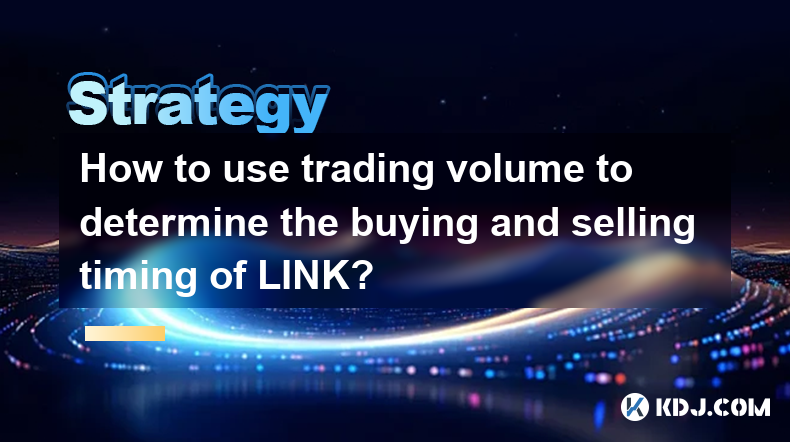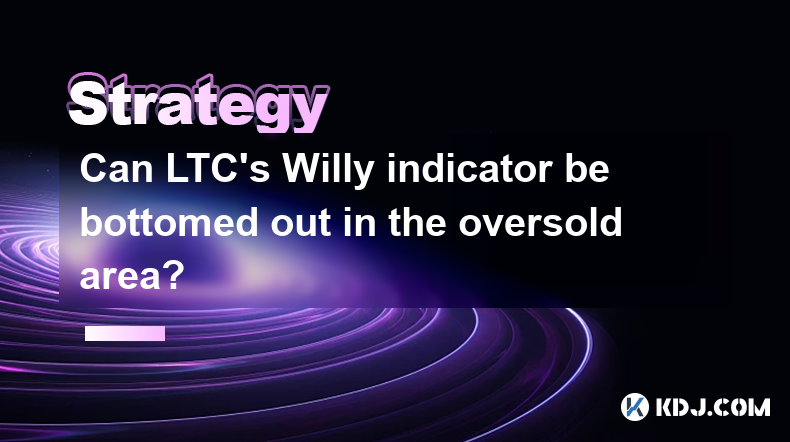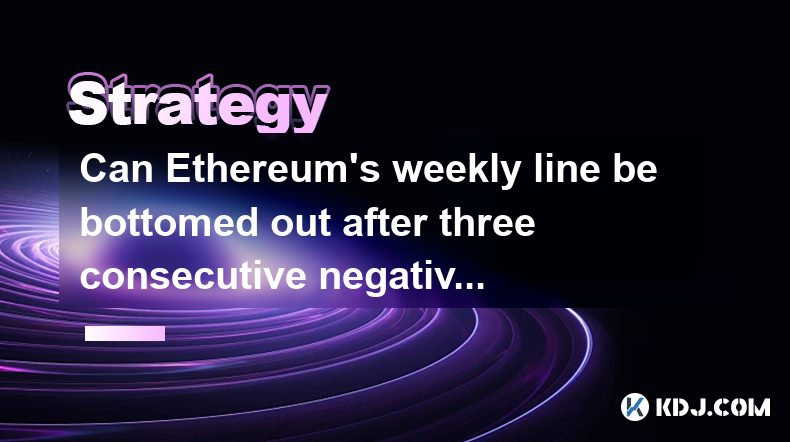-
 Bitcoin
Bitcoin $93,346.8988
0.73% -
 Ethereum
Ethereum $1,766.9820
-0.09% -
 Tether USDt
Tether USDt $1.0004
0.02% -
 XRP
XRP $2.1878
0.05% -
 BNB
BNB $605.1330
0.31% -
 Solana
Solana $151.6870
2.39% -
 USDC
USDC $1.0000
0.01% -
 Dogecoin
Dogecoin $0.1806
3.89% -
 Cardano
Cardano $0.7130
4.22% -
 TRON
TRON $0.2436
0.06% -
 Sui
Sui $3.4185
13.80% -
 Chainlink
Chainlink $15.0016
3.66% -
 Avalanche
Avalanche $22.1741
1.04% -
 Stellar
Stellar $0.2783
5.81% -
 UNUS SED LEO
UNUS SED LEO $9.2576
0.68% -
 Shiba Inu
Shiba Inu $0.0...01395
5.35% -
 Toncoin
Toncoin $3.2125
2.74% -
 Hedera
Hedera $0.1873
4.85% -
 Bitcoin Cash
Bitcoin Cash $359.9227
-1.03% -
 Polkadot
Polkadot $4.2975
7.30% -
 Litecoin
Litecoin $84.1177
1.87% -
 Hyperliquid
Hyperliquid $18.6738
2.90% -
 Dai
Dai $1.0001
0.01% -
 Bitget Token
Bitget Token $4.4420
-1.19% -
 Ethena USDe
Ethena USDe $0.9995
0.01% -
 Pi
Pi $0.6526
0.15% -
 Monero
Monero $227.0993
0.90% -
 Pepe
Pepe $0.0...08716
1.97% -
 Uniswap
Uniswap $5.7833
-0.82% -
 Aptos
Aptos $5.4918
3.22%
Is the surge in open interest in SOL's derivatives a risk?
The surge in open interest for SOL's derivatives signals heightened trader activity but also raises concerns about increased volatility and potential market manipulation risks.
Apr 23, 2025 at 12:22 pm

The surge in open interest in SOL's derivatives has become a topic of intense discussion within the cryptocurrency community. Open interest refers to the total number of outstanding derivative contracts, such as futures and options, that have not been settled. For Solana (SOL), the recent spike in open interest indicates heightened activity and interest from traders. However, this surge also raises concerns about potential risks that could impact the market. In this article, we will explore the implications of increased open interest in SOL's derivatives and whether it poses a risk to investors.
Understanding Open Interest and Its Significance
Open interest is a crucial metric in the derivatives market because it provides insights into the liquidity and market sentiment surrounding a particular asset. When open interest in SOL's derivatives increases, it suggests that more traders are entering the market, either by opening new positions or adding to existing ones. This can be interpreted as a sign of growing confidence in SOL's future price movements. However, it is essential to understand that high open interest can also lead to increased volatility and potential market manipulation.
The Relationship Between Open Interest and Price Volatility
One of the primary concerns associated with a surge in open interest is the potential for increased price volatility. Price volatility refers to the rate at which the price of an asset increases or decreases for a set of returns. When open interest in SOL's derivatives rises, it can lead to larger price swings as traders react to market movements. This heightened volatility can be both an opportunity and a risk for investors. On one hand, it can create opportunities for significant profits; on the other hand, it can lead to substantial losses if the market moves against a trader's position.
The Role of Leverage in Amplifying Risks
Leverage is another factor that can amplify the risks associated with a surge in open interest. Many traders use leverage to increase their exposure to SOL's price movements without committing additional capital. While leverage can magnify profits, it also increases the potential for losses. When open interest in SOL's derivatives rises, it often means that more traders are using leverage, which can lead to a more fragile market structure. If a significant number of leveraged positions are liquidated simultaneously, it can trigger a sharp decline in SOL's price.
Market Manipulation and the Impact of Large Traders
Another risk associated with increased open interest in SOL's derivatives is the potential for market manipulation. Market manipulation occurs when traders or groups of traders attempt to influence the price of an asset for their benefit. With a surge in open interest, large traders or institutions may have more opportunities to manipulate the market by executing large trades that can sway SOL's price. This can create an unfair playing field for smaller investors and lead to significant price distortions.
The Importance of Monitoring Open Interest Data
Given the potential risks associated with a surge in open interest, it is crucial for investors to monitor open interest data closely. By keeping an eye on open interest, traders can gain insights into market sentiment and potential price movements. Various platforms and tools are available that provide real-time data on open interest in SOL's derivatives. These tools can help investors make more informed decisions and manage their risk exposure effectively.
Strategies for Managing Risk in a High Open Interest Environment
In a market characterized by high open interest, it is essential for investors to implement effective risk management strategies. One approach is to use stop-loss orders, which automatically sell a position when it reaches a predetermined price level, helping to limit potential losses. Another strategy is to diversify one's portfolio, reducing the impact of any single asset's volatility on overall returns. Additionally, investors can consider using hedging techniques, such as trading options or futures contracts, to offset potential losses in their SOL positions.
The Impact of Regulatory Developments on Open Interest
Regulatory developments can also play a significant role in the risks associated with open interest in SOL's derivatives. Changes in regulations can affect the liquidity and trading activity in the derivatives market, which in turn can impact open interest levels. For instance, stricter regulations may lead to reduced participation from institutional investors, potentially lowering open interest. Conversely, more lenient regulations could encourage greater participation and increase open interest. Investors should stay informed about regulatory changes that could affect SOL's derivatives market.
The Role of Market Sentiment in Driving Open Interest
Market sentiment is a key driver of open interest in SOL's derivatives. Positive sentiment can lead to increased trading activity and higher open interest, as more traders enter the market with bullish expectations. Conversely, negative sentiment can result in reduced open interest as traders exit the market or reduce their positions. Understanding the factors that influence market sentiment, such as news events, macroeconomic indicators, and social media trends, can help investors anticipate changes in open interest and adjust their strategies accordingly.
Frequently Asked Questions
Q: How can I track open interest in SOL's derivatives?
A: To track open interest in SOL's derivatives, you can use various cryptocurrency data platforms such as CoinGlass, Coingeco, or TradingView. These platforms provide real-time data on open interest, allowing you to monitor changes and trends in the market. Here are the steps to track open interest on CoinGlass:
- Visit the CoinGlass website and navigate to the "Futures" section.
- Select "SOL" from the list of available cryptocurrencies.
- Look for the "Open Interest" metric, which will show you the current level of open interest in SOL's futures contracts.
- You can also set up alerts to notify you of significant changes in open interest.
Q: What are some signs that open interest in SOL's derivatives is becoming a risk?
A: Signs that open interest in SOL's derivatives is becoming a risk include:
- Rapid increases in open interest accompanied by significant price volatility.
- High levels of leverage being used by traders, which can lead to increased market fragility.
- Large discrepancies between open interest and trading volume, which may indicate potential market manipulation.
- Negative market sentiment coupled with high open interest, which can signal a potential market downturn.
Q: Can increased open interest in SOL's derivatives lead to a market crash?
A: While increased open interest in SOL's derivatives can contribute to market volatility and potential price declines, it is not the sole factor that can lead to a market crash. Other factors such as macroeconomic conditions, regulatory changes, and overall market sentiment also play significant roles. However, a rapid unwinding of leveraged positions in a high open interest environment can exacerbate price declines and potentially contribute to a market crash.
Q: How can I protect my investments in SOL during periods of high open interest?
A: To protect your investments in SOL during periods of high open interest, consider the following strategies:
- Use stop-loss orders to automatically sell your SOL positions if the price drops to a certain level, helping to limit potential losses.
- Diversify your portfolio by investing in a variety of assets, reducing your exposure to the volatility of any single asset like SOL.
- Implement hedging strategies using options or futures contracts to offset potential losses in your SOL positions.
- Stay informed about market sentiment and regulatory changes that could impact SOL's derivatives market, allowing you to adjust your strategies accordingly.
Disclaimer:info@kdj.com
The information provided is not trading advice. kdj.com does not assume any responsibility for any investments made based on the information provided in this article. Cryptocurrencies are highly volatile and it is highly recommended that you invest with caution after thorough research!
If you believe that the content used on this website infringes your copyright, please contact us immediately (info@kdj.com) and we will delete it promptly.
- SUI, the Native Token of the Sui Network, Has Surged by Over 43% in Just a Few Days
- 2025-04-25 12:50:12
- Polygon Labs Officially Launches the AggLayer Breakout Program
- 2025-04-25 12:50:12
- As Hedera Builds Strength & Litecoin Potential Rises, BlockDAG’s $0.0025 Price Rollback Sparks Rush
- 2025-04-25 12:45:13
- Binance U.S Integrates the Base Network, Allowing Users to Deposit and Withdraw ETH and USDC
- 2025-04-25 12:45:13
- A New Era for On-Chain Bitcoin
- 2025-04-25 12:40:12
- A major security failure has rocked the Ethereum network.
- 2025-04-25 12:40:12
Related knowledge

What does the surge in SOL's cross-chain bridge inflows represent?
Apr 25,2025 at 09:00am
The recent surge in SOL's cross-chain bridge inflows represents a significant trend within the cryptocurrency ecosystem, particularly for Solana (SOL). This phenomenon highlights increased activity and interest in moving assets from other blockchains to Solana, indicating growing confidence in its network and ecosystem. Cross-chain bridges are essential...

Is the increase in LINK's net outflow from exchanges a positive signal?
Apr 24,2025 at 02:35pm
The recent increase in LINK's net outflow from exchanges has sparked discussions within the cryptocurrency community about its implications for the token's future performance. LINK, the native token of the Chainlink decentralized oracle network, has seen a notable shift in its net outflow from exchanges, which many interpret as a positive signal. This a...

Is LTC's UTXO age distribution useful for judging buying and selling points?
Apr 23,2025 at 05:42pm
Is LTC's UTXO age distribution useful for judging buying and selling points? Understanding the UTXO (Unspent Transaction Output) age distribution of Litecoin (LTC) can provide valuable insights into the behavior of its holders and potentially help in making informed decisions about buying and selling points. The UTXO age distribution refers to the age o...

How to use trading volume to determine the buying and selling timing of LINK?
Apr 25,2025 at 02:07am
How to Use Trading Volume to Determine the Buying and Selling Timing of LINK? Trading volume is a crucial metric in the cryptocurrency market that can provide valuable insights into the buying and selling behavior of traders. When it comes to Chainlink (LINK), understanding how to analyze trading volume can help you make more informed decisions about wh...

Can LTC's Willy indicator be bottomed out in the oversold area?
Apr 24,2025 at 01:43pm
Understanding the Willy IndicatorThe Willy indicator, also known as the Willy ratio, is a technical analysis tool used in the cryptocurrency market to gauge the sentiment of a particular asset, in this case, Litecoin (LTC). It is calculated by dividing the total trading volume of an asset by its market capitalization. The resulting ratio helps traders u...

Can Ethereum's weekly line be bottomed out after three consecutive negatives?
Apr 24,2025 at 10:56am
In the dynamic world of cryptocurrencies, understanding market trends and patterns is crucial for investors and traders alike. One of the significant aspects of technical analysis in this field is the examination of weekly line charts, particularly for major cryptocurrencies like Ethereum. The question of whether Ethereum's weekly line can be bottomed o...

What does the surge in SOL's cross-chain bridge inflows represent?
Apr 25,2025 at 09:00am
The recent surge in SOL's cross-chain bridge inflows represents a significant trend within the cryptocurrency ecosystem, particularly for Solana (SOL). This phenomenon highlights increased activity and interest in moving assets from other blockchains to Solana, indicating growing confidence in its network and ecosystem. Cross-chain bridges are essential...

Is the increase in LINK's net outflow from exchanges a positive signal?
Apr 24,2025 at 02:35pm
The recent increase in LINK's net outflow from exchanges has sparked discussions within the cryptocurrency community about its implications for the token's future performance. LINK, the native token of the Chainlink decentralized oracle network, has seen a notable shift in its net outflow from exchanges, which many interpret as a positive signal. This a...

Is LTC's UTXO age distribution useful for judging buying and selling points?
Apr 23,2025 at 05:42pm
Is LTC's UTXO age distribution useful for judging buying and selling points? Understanding the UTXO (Unspent Transaction Output) age distribution of Litecoin (LTC) can provide valuable insights into the behavior of its holders and potentially help in making informed decisions about buying and selling points. The UTXO age distribution refers to the age o...

How to use trading volume to determine the buying and selling timing of LINK?
Apr 25,2025 at 02:07am
How to Use Trading Volume to Determine the Buying and Selling Timing of LINK? Trading volume is a crucial metric in the cryptocurrency market that can provide valuable insights into the buying and selling behavior of traders. When it comes to Chainlink (LINK), understanding how to analyze trading volume can help you make more informed decisions about wh...

Can LTC's Willy indicator be bottomed out in the oversold area?
Apr 24,2025 at 01:43pm
Understanding the Willy IndicatorThe Willy indicator, also known as the Willy ratio, is a technical analysis tool used in the cryptocurrency market to gauge the sentiment of a particular asset, in this case, Litecoin (LTC). It is calculated by dividing the total trading volume of an asset by its market capitalization. The resulting ratio helps traders u...

Can Ethereum's weekly line be bottomed out after three consecutive negatives?
Apr 24,2025 at 10:56am
In the dynamic world of cryptocurrencies, understanding market trends and patterns is crucial for investors and traders alike. One of the significant aspects of technical analysis in this field is the examination of weekly line charts, particularly for major cryptocurrencies like Ethereum. The question of whether Ethereum's weekly line can be bottomed o...
See all articles
























































































